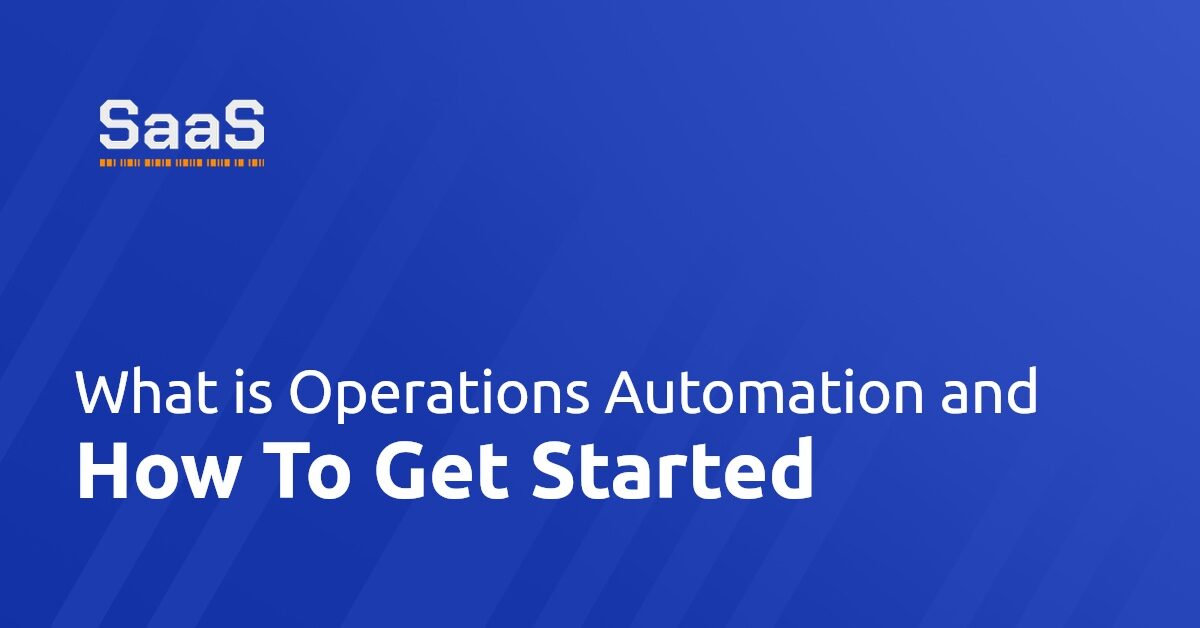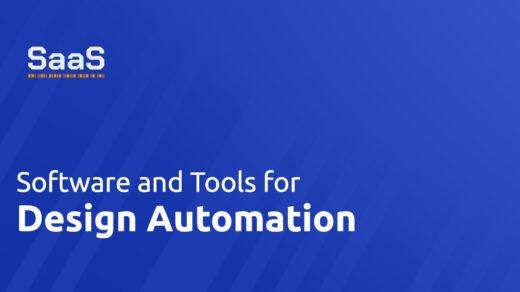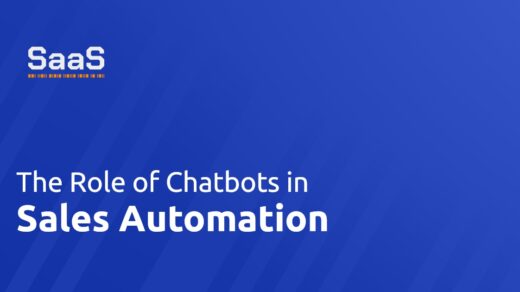What is Operations Automation?
Operations automation, often termed as business process automation, is an approach aimed to streamline business workflows with the help of technology for optimal efficiency and cost-effectiveness. In essence, it's the process of using software applications, integrations, and machines to perform routine business tasks for you to minimize human intervention and possible errors.
Tasks that are time consuming, repetitive and prone to human errors are typically automated undergoing a sequence of actions without the need for continuous manual oversight. A critical aspect of this automated journey begins by mapping out business processes to generate a clear picture of how activities are currently conducted and how they can be improved via automation.
Why is Operations Automation important for businesses?
For any towering ambition businesses in the 21st century, operations automation breathes as an inescapable pillar of success. Reason being, it enables businesses to complete tasks faster, more efficiently, and with a lower margin of error.
Operations automation allows businesses to focus their human resources on strategic functions that require human intelligence, creativity, and judgment, thereby leading to increased productivity. It also aids in reducing operational costs, improving process cycle times, enhancing customer service, and ensuring more reliable process execution.
Businesses that adapt this paradigm enjoy a competitive edge by continuously improving process performance, making predictive analyses, taking proactive actions and increasing overall business agility. Additionally, the automation data can also provide valuable insights into business operations, thus enabling decision-making based on factual data.
Tips for getting started with Operations Automation.
Starting with operations automation might seem daunting but with careful planning and effective strategies, you will be on your way to streamline your business operations. Begin by identifying the processes that are ripe for automation- look for operations that are repetitive, rule-based and prone to errors.
Invest in a central platform for automation. This platform should be flexible and scalable enough to meet your current and future automation needs. Also, ensure the features of the software are easy to use and provides quantifiable benefits to your organization.
Your employees play a critical role in operations automation. Training them to use the automation software effectively and gathering their feedback consistently will turn the tide in the right direction. Implementing a change management strategy can also be beneficial during this process.
Steps to implement Operations Automation in your organization.
Implementing operations automation is a strategic process that requires careful planning and execution. Define your goals at the onset and keep referring back to them as you steer through the implementation process.
After that, mapping out your business processes in detail is the next pivotal step. This will give you a clear understanding of your operations and help identify areas where automation can be most effective. Following this, choose a suitable automation platform based on these requirements.
Upon successful identification, prioritize the automation of these processes based on their impact on your overall business goals. Then, design workflows for these processes using your automation platform.
It's a good practice to start small- automate simple tasks first, learn from the process, and then move on to complex tasks. Post initial implementation, continuous monitoring is key to identify bottlenecks and fine-tune your system accordingly.
Remember, operations automation is not a one-time event– it presents a continuous journey towards progressive enhancement of your business processes. It's about transforming your organization into a digital dynamo, reshaping the workspace for a greater tomorrow!








